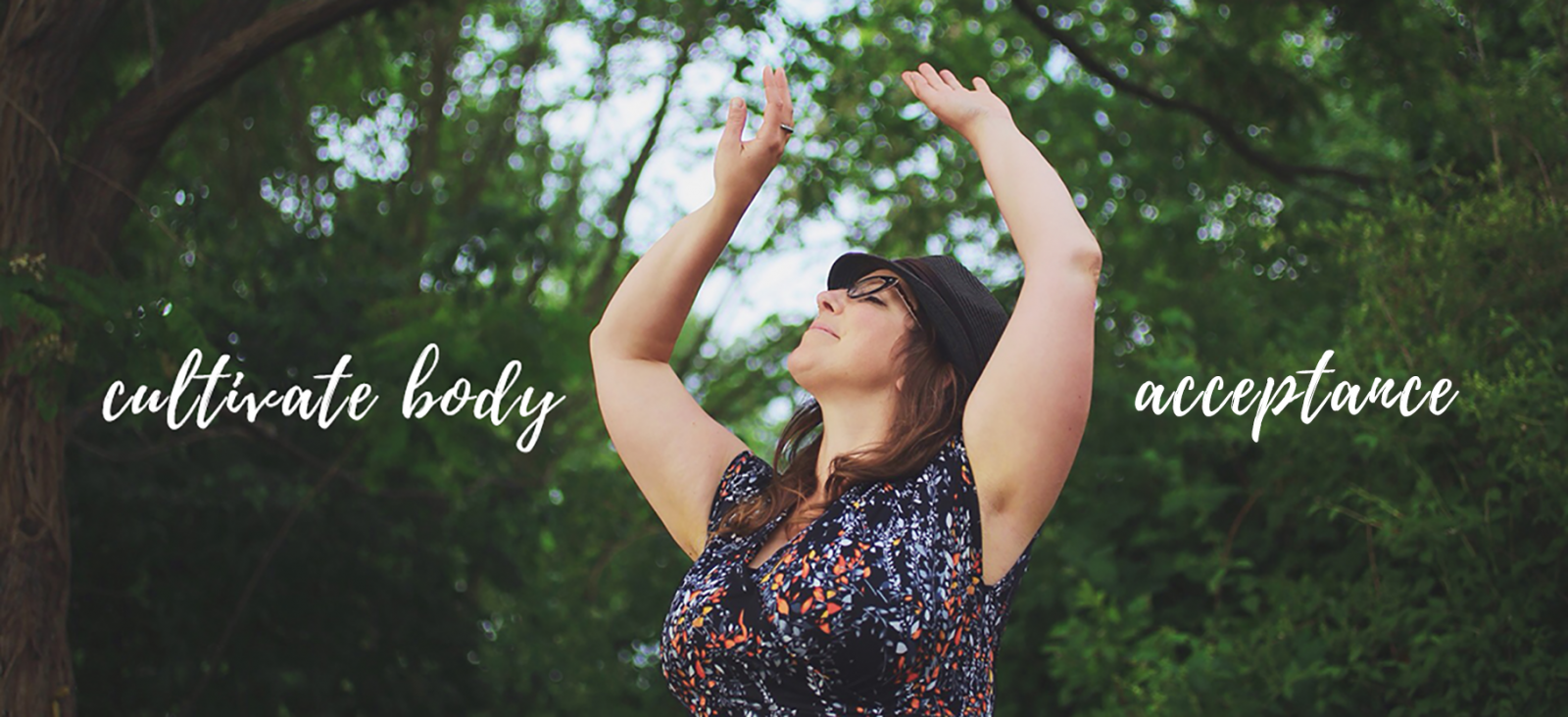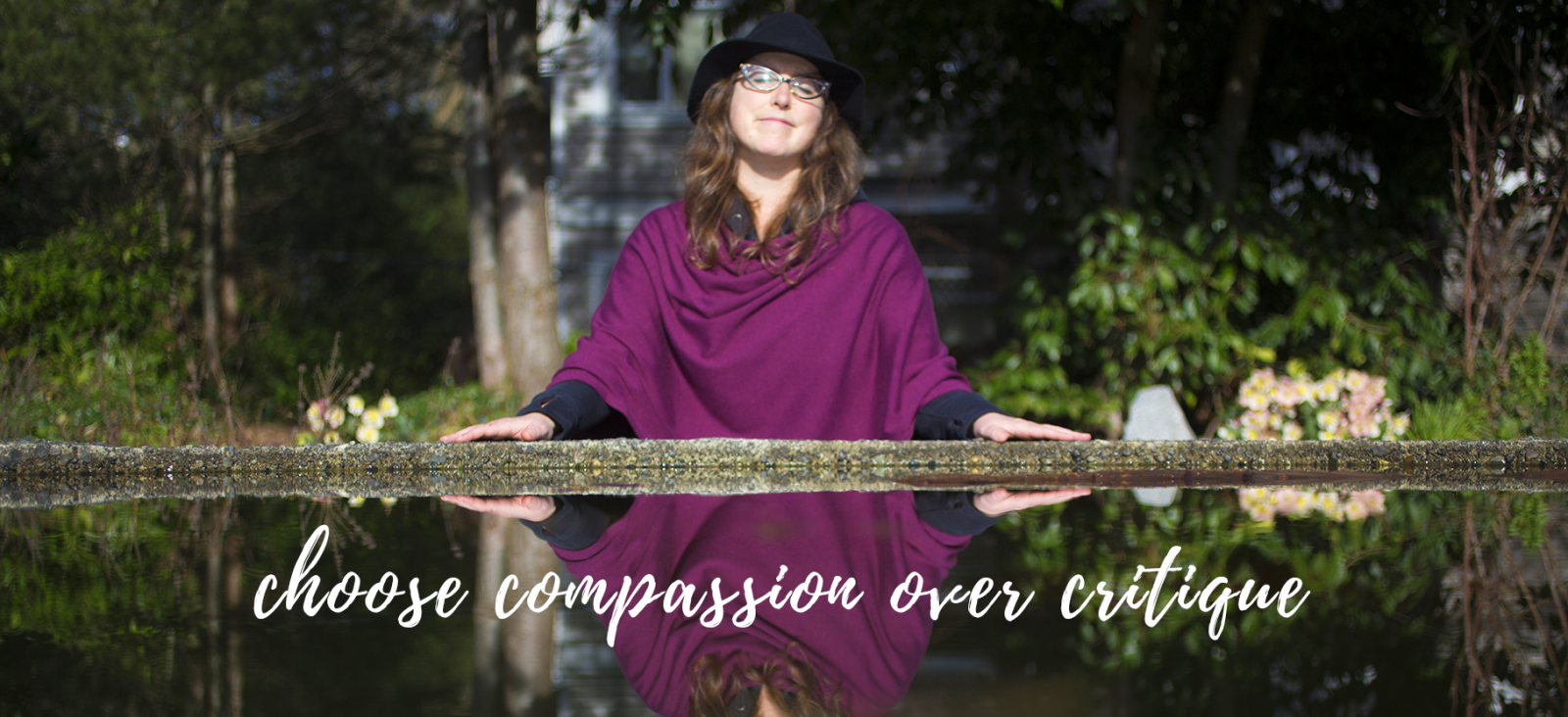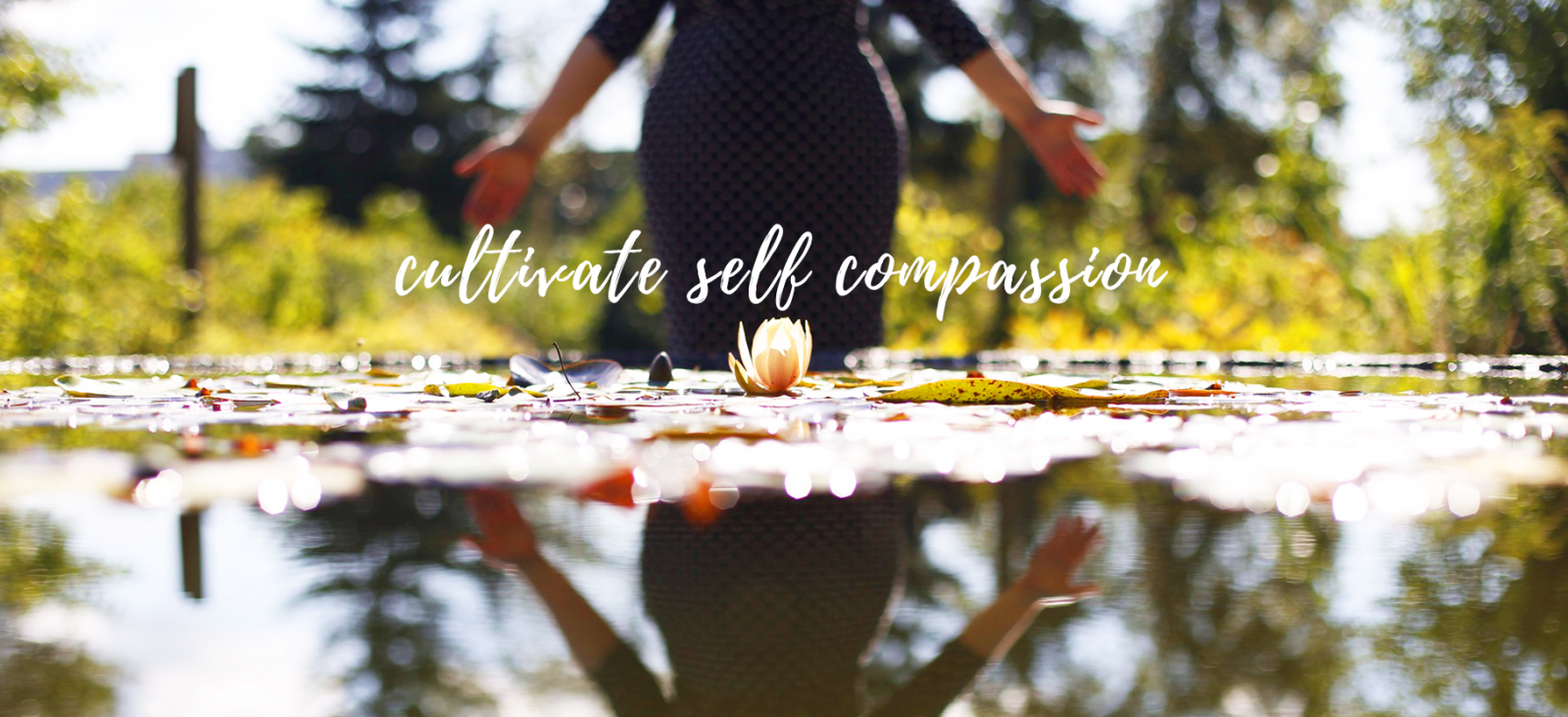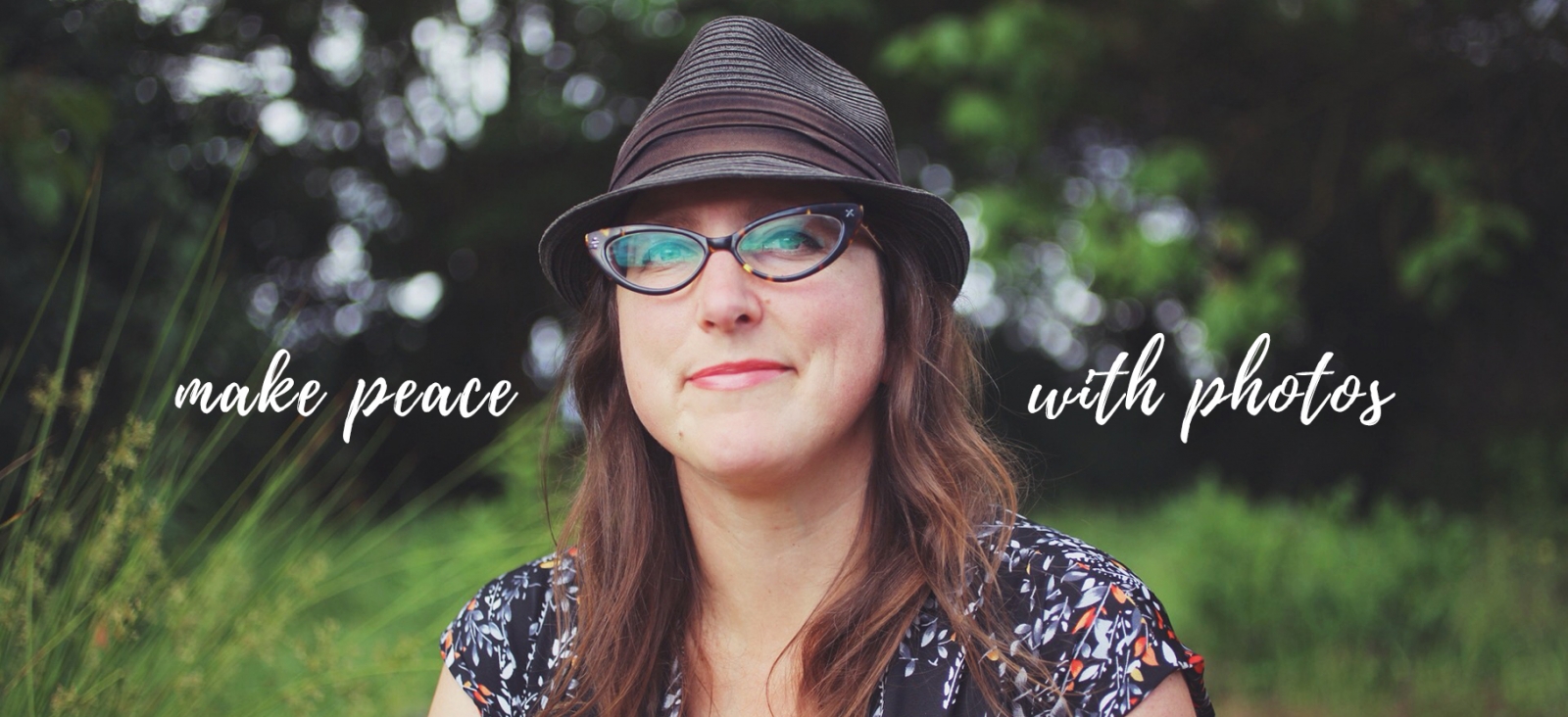.png)
Lately I’ve been thinking a lot about how we respond to photos. Oh who am I kidding…I’m ALWAYS thinking about how we respond to photos but this time through a specific focus.
Our shame reaction.
Now, before I dig into it I want to say that I wish that we could always have a compassionate reaction to photos and I hope you’ve had lots of those moments that feel resonant. That help us feel seen. That make you feel amazing and that you have no reaction to. But throughout the years of teaching these classes I’ve found that folks often feel like they fail if they don’t get that reaction.
And they aren’t failing. Self-compassion isn’t just the ‘good’ moments or photos, it’s supporting ourselves when we aren’t having those moments too and I want to bring voice to these critical moments so we aren’t doubling our shame for well…feeling shame!
It’s one I’ve known all too well. We see a photo of ourselves and we have a response to it. But it’s not actually the response itself that is problematic. It’s what we do after that.
I can see a photo of myself and think “Oh, my belly looks big in that” but that unto itself is just an observation. It’s what comes next that is the challenge. It’s the judgement and the shame response that we attach to that.
For me it used to be:
My belly looks big in that photo…which means I’m unworthy, unlovable and ugly.
I know, that’s a big jump but that’s what these shame responses do to us. I hesitate to make a big list of them because I know that kind of thing could actually be highly triggering. Plus I think many of us are all to familiar with our shame response.
As Clinical Psychologist Marilyn Sorenson wrote in her book Breaking the Chain of Low Self-Esteem “Unlike guilt, which is the feeling of doing something wrong,” she said, “shame is the feeling of being something wrong. When a person experiences shame, they feel ‘there is something basically wrong with me.’”
We can understand this intellectually, but I find that we often experience this in photos without realizing it’s shame in action.
I find with the context of photos, we don’t question our shame response like we might in other parts of our lives. We take images as proof of our unworthiness, unlovability or ‘being wrong’ but don’t question that internalized shame reaction. We don’t call into question HOW & WHY a photo could possibly mean that we aren’t loveable, beautiful, worthy and a downright good human being.
Brene Brown talks about 4 Elements of Shame Resilience being:
- Recognizing Shame and understanding our Triggers
- Practicing Critical Awareness
- Reaching out and Telling Our Story
- Speaking Shame (Differentiating it from other emotions and breaking the silence of shame)
And I realized how the practice I’ve being doing and teaching these past few years is actually rooted in these core tools without realizing it until now, especially in the context of what we do in my classes.
Taking a photo.
Recognizing our reaction to a photo.
Questioning why we’re thinking that and where it comes from (cause we aren’t born thinking this way about our bodies).
Using the camera as a tool for telling our story, to have a visual image that reminds of that realization.
And speaking it aloud.
It’s what I get to witness throughout the process of teaching these classes, especially Be Your Own Beloved as our Flickr Group becomes this place of creative expression and yes, shame resilience and photo resilience.
We take the power back through the act of witnessing our reactions, acknowledging them, questioning them (or at least noticing, “this isn’t mine”), sharing the photo anyways and alongside it telling the story of what happened in the process of taking that photo.
I know it’s easy to think that taking selfies is really just about getting ‘good photos’ to share on social media with the hashtag #bodypositive and while there’s nothing wrong with that, we go way deeper.
People think of selfies as something we are doing for the external world to see us, a source of validation but I like to approach it in a very different way. I see selfies as a place for this kind of resilient conversation, a door into our internal process rather than a product we are creating for others.
And yes, some days we have an easeful experience with a prompt and get photos that make us smile big and feel seen. And other days we get outtakes that bring up this kind of shame response. Both our a part of our experience. Both are important and both are our teachers in this process.
We learn to witness a new way to see ourselves.
And catch ourselves when we see ourselves in old, patterned, shame-based ways.
And I talk often in this work about what’s on the other side of that critical old shame-based reaction. I think we see even that through a perfectionist lens. We think someday we’ll only have good thoughts about ourselves. That someday we’ll cross the finish line of body love and can claim success. But that’s not what actually awaits us.
I used to constantly react to the world around me and especially photos, in a shame based way. But the more I followed this process of noticing, practicing critical awareness, telling my story and speaking about shame (even when it’s uncomfortable which is almost always is) it got easier to be resilient as Brene Brown says. Til shame wasn’t my go to response. Sure, it still happens, but the more we practice that critical awareness and wake up to the judgements we have about our body, the easier it is to recognize that reaction and support ourselves through it.
The process of building that shame resilience back up filled up that well of shame with compassion. I no longer equate a photo where my body looks a certain way with my inherent worth.
Now, our inner perfectionist might be taking hold about now as you’re reading this post and be telling you that you should have this all figured out and not react in a shame-based way but that’s not how it goes.
I needed to do this in an extended period of time, through a practice of meeting myself in the lens, no matter what the reaction or outcome is. To simply show up and use selfies as a way to self-connect and self-reflect.
It’s not something we can just think ourselves out of. The camera has been a place to put body acceptance into action through this process of shame resilience. And yes, that’s vulnerable. And that’s what makes it work.
I know that the lens isn’t going to be everyone’s tool for shame resilience but I deeply believe in it’s potential to help us build shame resilience. The process of taking selfies with compassion provided that outcome for me and in the past 6 years of teaching these kinds of classes, have witnessed this shame resilience through the lens in folks I’ve guided through this process too. It’s something we naturally do in the process of the Be Your Own Beloved class and I’m really excited to be guiding folks through this process in a session of the 30 day class starting Friday September 1st.
Because it’s a vulnerable process I really do make this class gentle as we begin and ease us into the process of taking our photos, noticing our responses and telling our stories. By showing up in front of the lens over 30 days of doing this, change happens and things shift. We dig much deeper into the process of questioning the reasons for our shame in my more in-depth classes but it’s important to me that we start gently and deeply root ourselves into the process of witnessing ourselves and telling ours stories (and falling in love with the creative process of taking selfies in the process).
If you’d like to put your shame resilience into practice through the lens (in a gentle, beginner friendly way) come join me for Be Your Own Beloved. Class starts soon!
Whether or not you do this work with me or on your own, I hope that next time you see a photo be it a selfie or one someone else took of you, you take that first step and notice your reaction.
Even just calling it out and saying to yourself “I think I’m having a shame reaction” helps us reclaim our resilience and power back in that moment. It allows for that recognition that you are having a response rather than that you are inherently those things that your inner critic is telling you in the form of shame.
Practice the act of noticing your reaction and the rest will unfold. The more we notice it, the more we can recognize why (and often it’s a result of internalized messages from oppressive systems like fatphobia, racism, sexism, ageism, ableism) and be able to step into telling our story and stepping out of the isolation of shame and realizing we aren’t alone and break the shame spell.
To wake up to the way shame reactions are defining your relationship to your body in images and beginning the process of using it instead as a tool for photo and shame resilience.
.png)
Find out more about Be Your Own Beloved here!
.png)





.png)
.png)
.png)
.jpg)
.jpg)
.jpg)
.jpg)
.jpg)
.jpg)
.jpg)
.jpg)
.jpg)
.jpg)
.jpg)
.jpg)
.jpg)
.png)
.png)
.png)
.png)